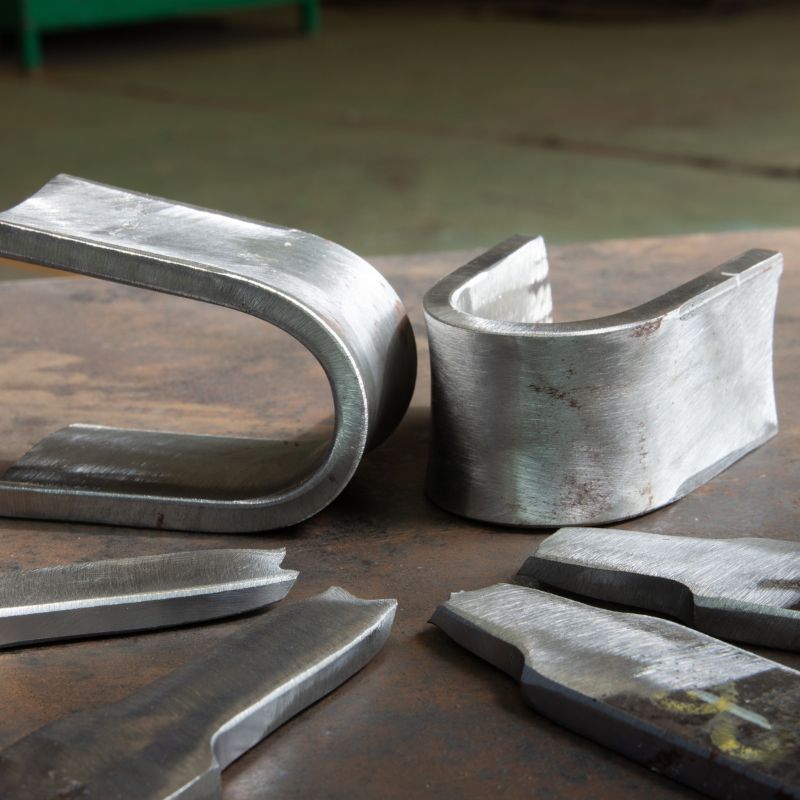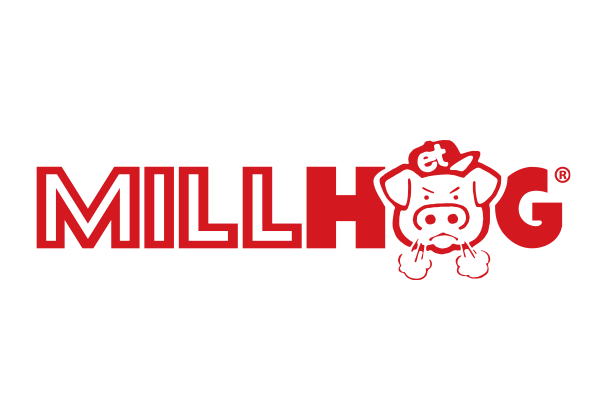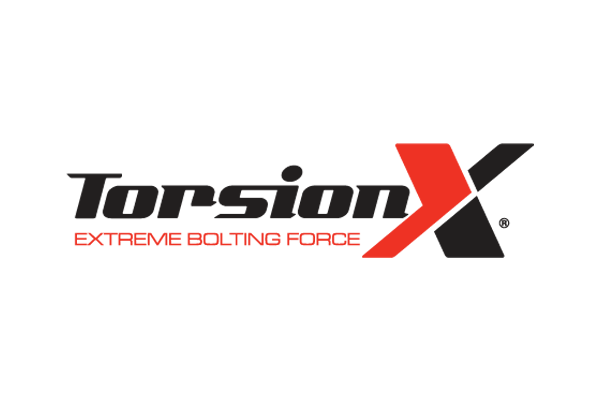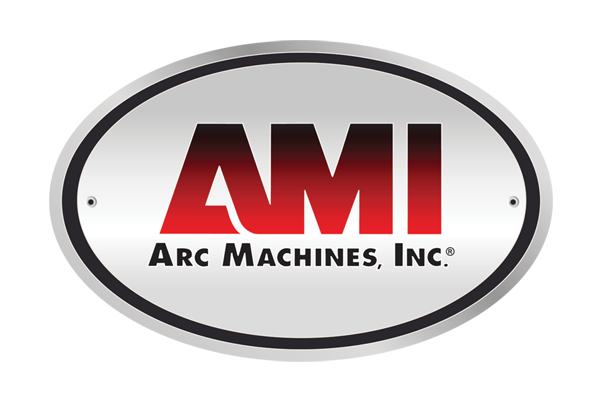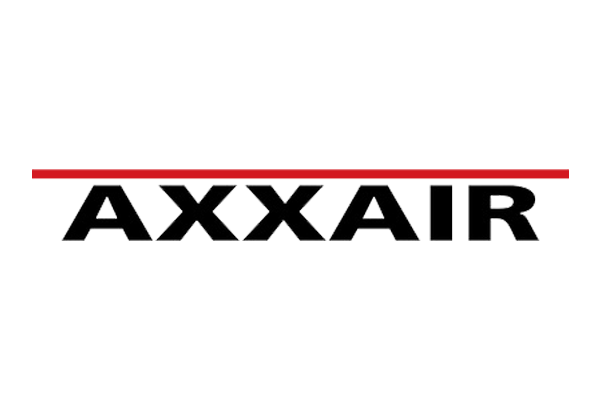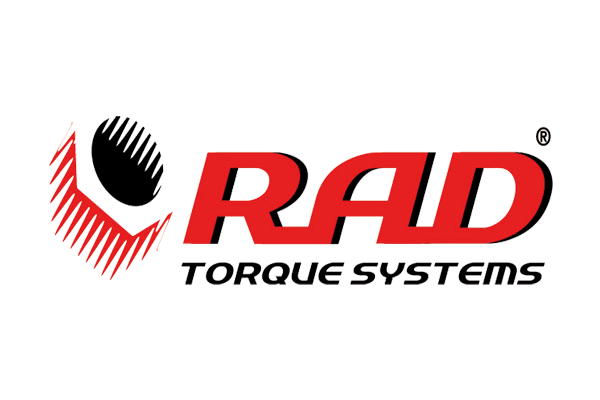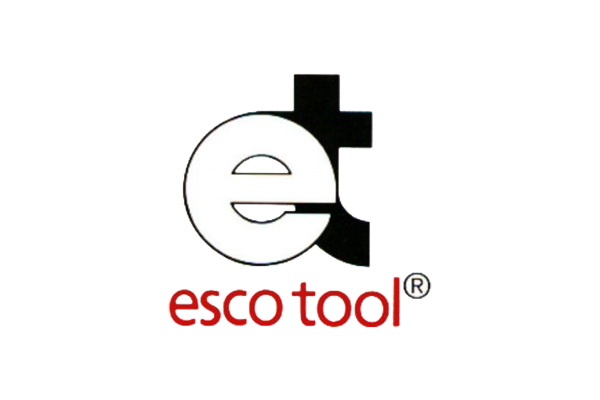What Is Weld Distortion & What Causes It?
Weld distortion is a common challenge faced by welders and fabricators. It manifests as an unwanted workpiece deformation following the welding process. This phenomenon occurs due to the expansion and contraction of the weld metal and the surrounding base metal during the heating and cooling phases of welding.
Let’s look at what weld distortion is and what causes it to understand this issue better.
What Is Weld Distortion?
Weld distortion, also known as welding deformation, refers to the changes in shape or dimensions of a workpiece that occur during and after the welding process. These changes are unwanted and can affect the welded component’s structural integrity, fit, and functionality.
Causes of Weld Distortion
There are several potential causes of weld distortion, including:
- Thermal expansion and contraction: The most significant cause of weld distortion is the difference in thermal expansion coefficients between the base and weld metals. When heated, metals expand, and when cooled, they contract. During welding, this expansion and contraction can lead to stress build-up in the welded joint, resulting in deformation.
- Uneven heating and cooling: Uneven heating or cooling of the welded joint can also contribute to weld distortion. This change can happen due to uneven heat distribution during welding, differences in material thickness, or inadequate preheating or post-weld heat treatment.
- Material properties: The type of metal you weld can also play a significant role in weld distortion. Some metals, such as high-carbon steels, are more prone to distortion due to their higher thermal expansion coefficients.
- Joint design: The design of the joint can also impact weld distortion. Joints with asymmetrical or mismatched parts are more likely to experience distortion due to uneven heating and cooling.
What Can Be Done to Minimize Weld Distortion?
While some degree of weld distortion is inevitable, you can take several steps to minimize its effects:
- Proper joint preparation: Proper joint preparation, including ensuring proper fit-up and alignment, can help distribute the stresses evenly and reduce the risk of distortion.
- Preheating and post-weld heat treatment: Preheating the workpiece before welding and performing post-weld heat treatment can help reduce the thermal gradient between the weld metal and base metal, minimizing distortion.
- Clamping and fixturing: Using clamps and fixtures to hold the workpiece in place during welding can help prevent movement or shifting that can contribute to distortion.
- Weld sequence: Welding sequence can also play a role in minimizing distortion. Starting at the center of the joint and working outward can help distribute stresses more evenly.
- Material selection: Choosing materials with similar thermal expansion coefficients can also help reduce weld distortion.
Weld distortion is a common issue welders and fabricators face during the welding process. Understanding its causes and taking preventative measures can minimize weld distortion, ensuring high-quality and structurally sound welded components. Proper planning and techniques can help mitigate the effects of weld distortion, leading to a successful welding project. Consider these factors and take the necessary precautions to minimize weld distortion for better results.
If you need an integrated pipe spool welding machine, SEC Industrial can provide a high-quality solution to help you achieve precise and distortion-free welds. Contact us today for more information.
